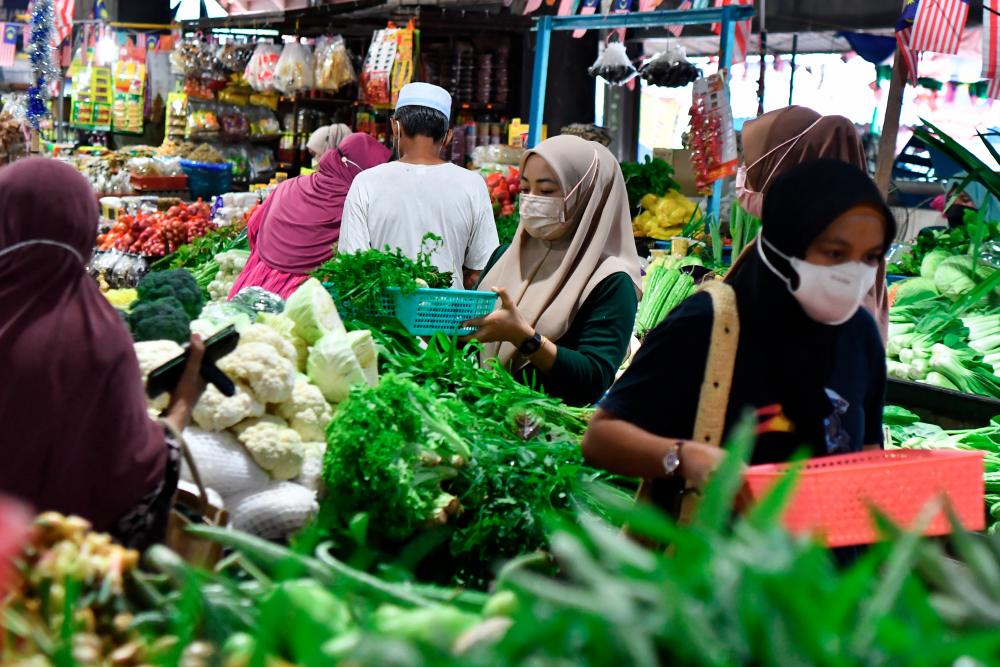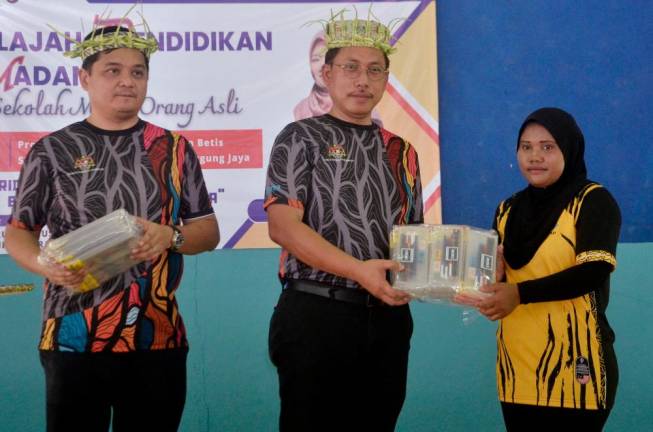KUALA LUMPUR: After a two-year pause, the small and medium enterprises (SME) saw some recovery albeit at snail pace as the battle to sustain their businesses in 2022 continued.
This round, the rising cost of operations, raw materials as well as supply chain has added salt to their wounds, resulting in a muted gross domestic product (GDP) contribution.
According to Department of Statistics, SME contribution to GDP slipped to 37.4% in 2021 with a value-added of RM518.1 billion versus 38.1% GDP contribution with a value-added of RM512.9 billion in the previous year.
The services and manufacturing sectors uphold their position as the main contributors of SME GDP activities with both sectors representing more than 80% of SMEs GDP.
Small and Medium Enterprises Association of Malaysia (Samenta) chairman Datuk William Ng said the spiraling costs of raw materials, energy and logistics had pushed down margins, forcing many SMEs to hold back their growth plans.
“This will, in turn, likely result in a less than optimal recovery for the SMEs sector,” he said.
Meanwhile, SME Association national president Ding Hong Sing said labour shortage and ringgit weakening were also a setback for SME turnaround.
He said about two million foreign workers went back to their respective countries during the pandemic but only 5%, representing less than 100,000, returned since the border reopened.
Additionally, he said the weakening of the ringgit caused raw materials import costs to rise, which affected the business
Going forward, Ding said he foresaw the SME to be doing better next year as they stand to benefit from the ratification of the Comprehensive and Progressive Agreement for Trans-Pacific Partnership (CPTPP) made on Sept 30, 2022.
“There is high demand from European countries to buy goods from Asean countries and this ratification will open more potential trades which make our SME globally competitive players,” he added. - Bernama














